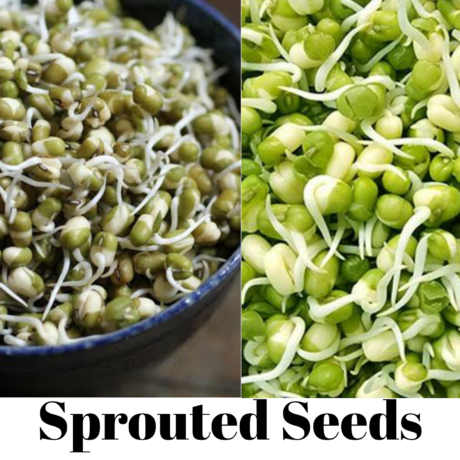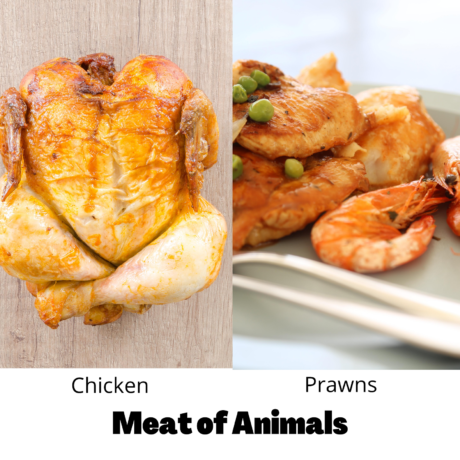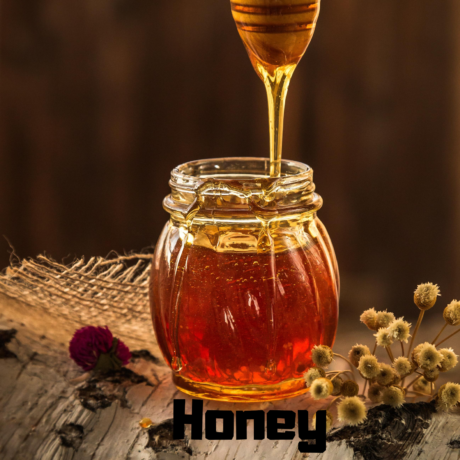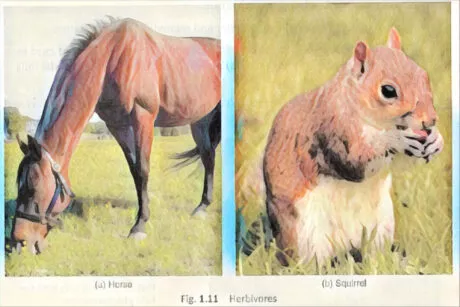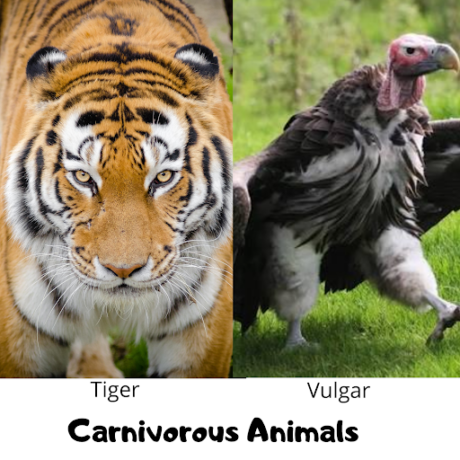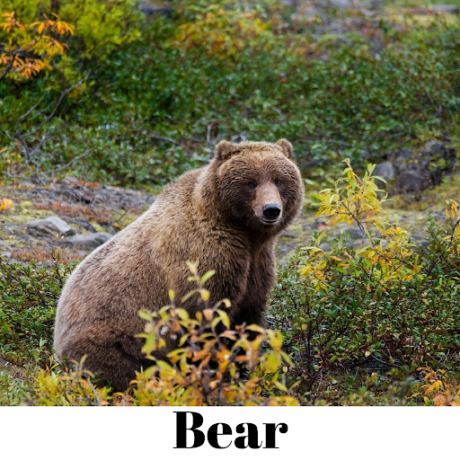Food: Where Does It Come From? Class 6 Science NCERT Chapter 1
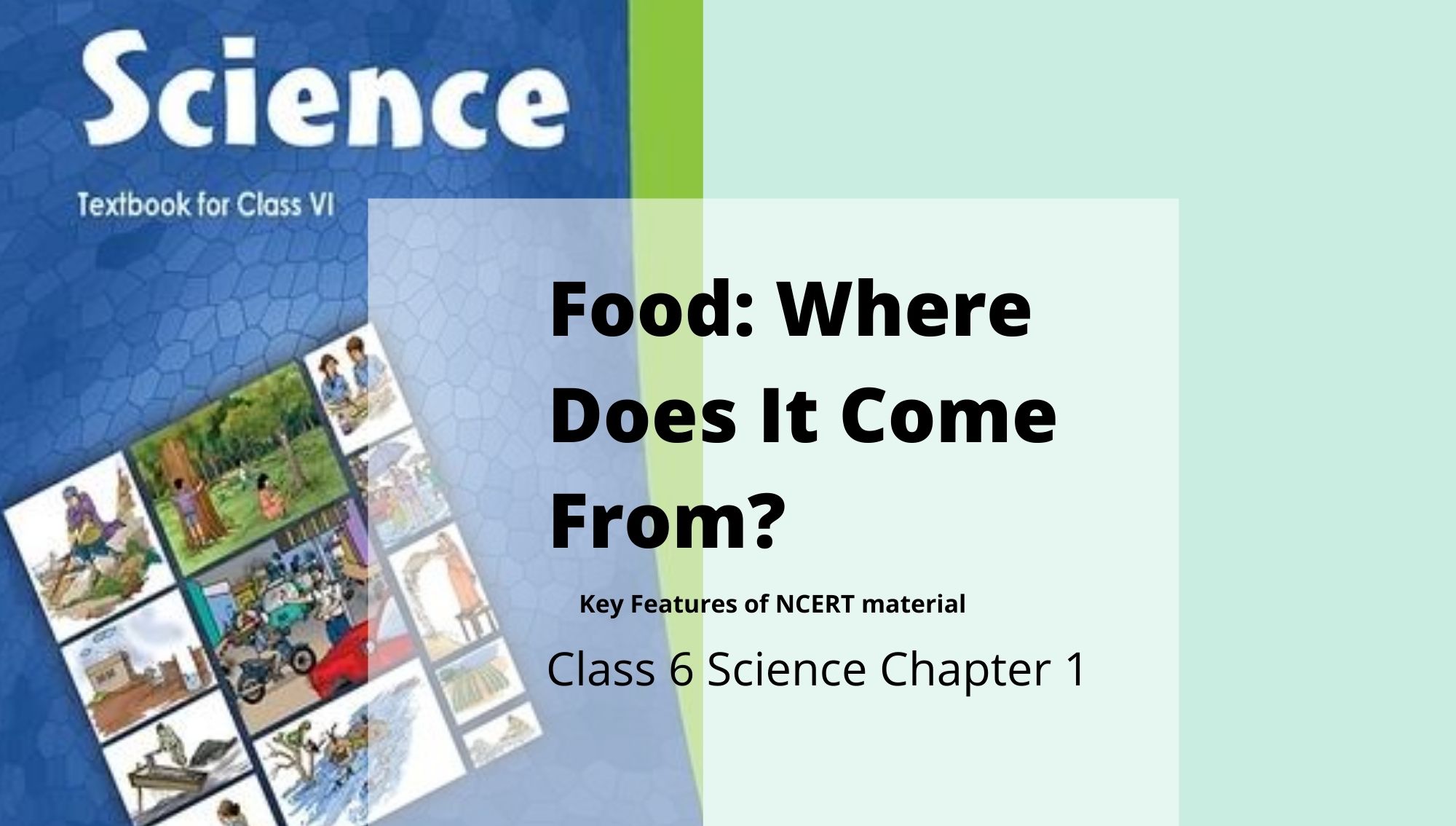
Key features of NCERT material for Class 6 Science Chapter 1 – Food Where Does It Come From
In chapter 1 of NCERT class 6 science: Food: Where Does It Come From?, You will study the different animal and plant sources of food for humans and categorization of animals on basis of the type of food they eat.
Quick revision notes
Every single living being needs food.
Every single living being requires food for four principle purposes:
- for their development.
- food provides power/energy to do work.
- to fix the damaged tissues.
- to protect and fight against sicknesses from infections.
For instance, If an individual doesn’t get food, she/he feels frail and is probably going to become sick.
Since, Various individuals have various options for food. There is a wide variety of food things eaten across different parts of India. Various life forms eat various types of food.
Human beings fall into the category of omnivores.
There are various sources from which food originates.
We get food from both plants as well as animals.
We eat animals in the form of meat and also get various items from them like milk, eggs and honey.
The food which is cooked can easily be consumed and absorbed by our body. Additionally, Cooking destroys harmful germs.
We must intake sprouted seeds each day as these seeds are very rich in nutrients.
Domesticated animals are named as meat yielding, milk yielding and drought animals.
Ingredients:
Ingredients are those materials which are used to make up a dish or any item of food.
Edible parts:
Edible parts are those parts of the plant which we can eat or we can say are eatable.
Honey:
Honey refers to the sweet juices which are there in the flowers.
Sprouted seeds:
Seeds which develop white thread-like structures when absorbed in water are called sprouted seeds.
Herbivore:
Herbivorous are those animals which eat plants and plant items like natural products, flowers, seeds, honey, and so on..
Carnivore:
Carnivorous animals are those animals which intake the other animals as their food.
Omnivore:
Omnivorous animals are those animals which intake both plants as well as animals as their food.
Firstly, let us see what Mrs Iyer and Mrs Kapoor have arranged. Have they arranged a similar sort of food? So, rundown out the six food things that you see on their table.
Requirement for food
- Food from plants
- Food from animals
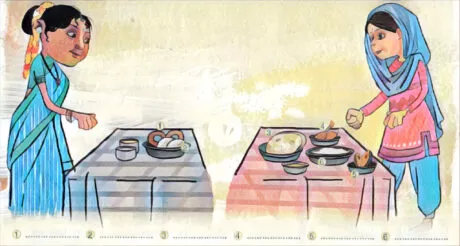
What is the food of animals
We get all this food from the two i.e. plants and animals. Subsequently, plant parts and animals items are our sources of food.
- vada
- idli
- chapathi
- chicken curry
- Fish curry
- Rice
Food From Plants:
Green plants are known to be the producers since they set up their own food. They utilize light, air (carbon dioxide), water, and chlorophyll (present in their leaves) to set up their food by the procedure of photosynthesis.
Distinctive plant parts serve as the sources of food for us. Organic products, vegetables, grains, and pulses that we eat are acquired from various parts of a plant.
Carrot, radish, turnip, yam, and beetroot are eaten and are found in the roots of the plant (Fig. 1.1).
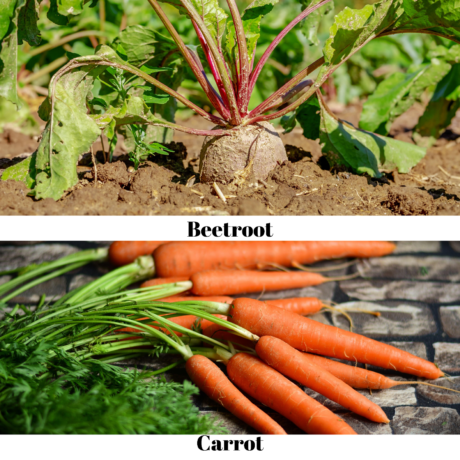
Stems of specific plants are eaten. For instance, the stem of sugarcane plant is eaten and is additionally used to make sugar. The stem and flower of the banana plant are cooked and eaten in various parts of India. There are many plants whose stem we eat and are underground. Potato, onion, garlic, and ginger are some of the examples.
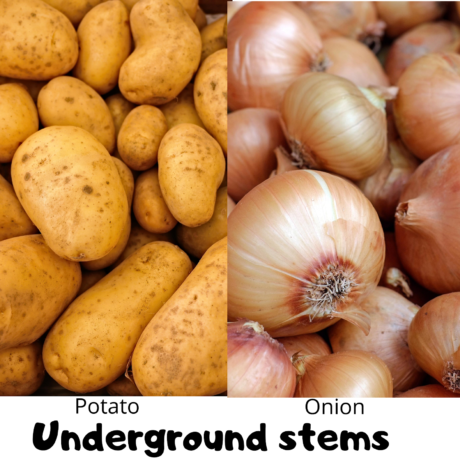
We can eat the plant’s leaves like lettuce, spinach, cabbage, coriander, mint, and basil
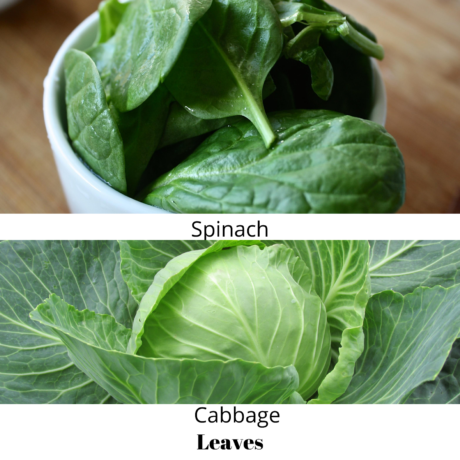
Flowers of specific plants like cauliflower, broccoli, and banana are additionally eaten.
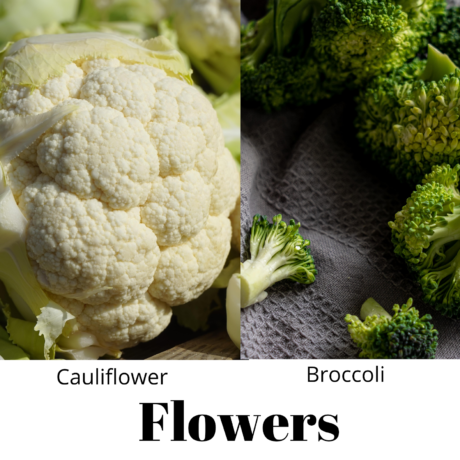
Seeds Pulses like mung bean, kidney bean, chickpea, and grains (wheat, maize, and rice) that we eat are seeds of plants (Fig. 1.5).
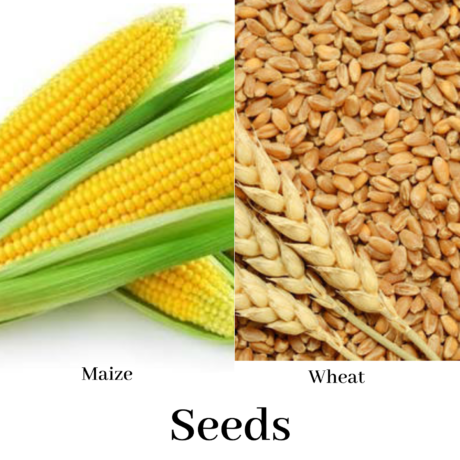
Wheat grains are ground to make flour (atta) which is utilized to make chapattis. Flavours seeds like cumin seeds, pepper, and cardamom that we eat as the seeds of various plants.
Sprouted seeds (or fledgelings) of mung bean and chickpea (Bengal gram) are nutritious. The steps followed in the sprouting of seed are soaking, draining the water and then leaving them till they develop/germinate. Sprouts can be served as a raw salad or can be served by cooking to eat.
We get food and vegetables from the fruits and vegetable plants.
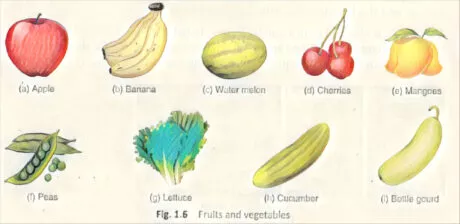
Like distinctive plant parts, animals also serve as the source of food. So, Let’s find out about the primary food items acquired from animals.
Food From Animal:
Animals items like meat, egg, honey, milk, cheddar, spread, and curd are eaten by people.
Whereas, Goat, chicken, fish, and prawns are the meat providing animals whose meat is generally eaten (Fig. 1.7).
Egg:
Hen’s egg is the most well-known bird’s egg eaten on the planet. It is a rich source of proteins and nutrients. A few people likewise eat eggs of goose and duck.
Honey:
Honey is a sweet fluid made by honey bees from the nectar of blossoms (Fig. 1.8).
Honey is gathered from colonies. Utilization of honey is in cooking and furthermore has restorative worth.
Milk:
Milk is gotten from creatures like cows, wild ox, and goats. It is a nutritious food item and is a rich source of proteins. Also, milk contains calcium, which is required for appropriate bone development and nerve work.
Items produced using milk are known as dairy items. Some basic dairy items are mentioned beneath.
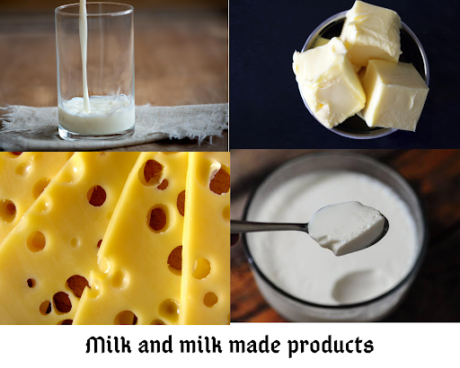
Paneer:
(cottage cheese): Common techniques for making paneer incorporate adding lemon juice or vinegar to drain. At that point, the fluid part of milk is depleted off and the strong part shapes paneer. This procedure is called curdling.
Cheese:
Production of cheese happens using coagulated milk of cow, goat, sheep, or wild ox (Fig. 1.10).
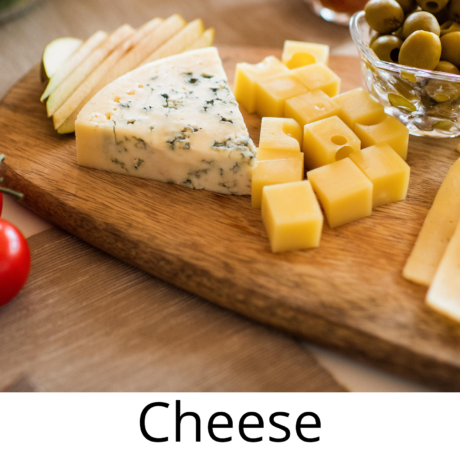
Cream:
The cream is made by gathering the top greasy layer of the milk.
Butter:
Butter is made by beating new cream.
Ghee:
One makes ghee by tenderly warming better and expelling the solid matters.
Curd Common techniques of making curd is including a little bit of curd in warm milk. The microorganisms (microscopic organisms) present in the curd transform the milk into curd.
In contrast to green plants, creatures can’t make their own food. They rely on plants and different animals for food.
Individuals living in deserts likewise drink camel’s milk. In super cold spots, individuals generally have yak’s milk.
Microorganisms: Tiny life forms that we can see with the assistance of a magnifying instrument.
Let’s recall
Write two instances for every one of the below.
- The roots that are eatable
- The stems that are eatable
- The leaves that are eatable
- The flowers that are eatable
- The seeds that are eatable
What Do Animals Eat:
Various animals have distinctive feeding habits. Depending on their feeding habits, creatures can be partitioned into three gatherings: herbivores, carnivores, and omnivores.
Herbivores
Herbivorous animals or herbivores (herbi, plant; vore, eater) are those animals that only consume plants and plant items. For instance, cow, deer, horse, giraffe, squirrel, and butterfly.
Characteristics of Herbivores
- Herbivores like dairy animals, horses, and goat have wide, obtuse teeth. Consequently, these teeth are appropriate for pulling plants off the ground and eating them.
- Herbivores like dairy animals and camel can bring back recently gulped food to the mouth for biting it the subsequent time. This encourages them to assimilate a large portion of the nutrients from hard-to-process food like grass.
- Squirrels have a couple of broad, sharp-edged front teeth (incisors) in each jaw. They utilize these teeth to chew food things like nuts.
- Herbivores like butterfly and hummingbird don’t have to stress over biting their food. They have mouth-parts moulded like a straw to suck nectar from blossoms.
Carnivores
Carnivorous (Fig. 1.12) or carnivores (carni, meat; vore, eater) are those that just eat other animal’s flesh. Lion, tiger, jackal, vulture, owl, hawk, snake, and arachnid are instances of carnivores.
Exceptional Characteristics of Carnivores
- Animals like lion and tiger which are carnivores have sharp and pointed front teeth (canines). They additionally have sharp hooks and ground-breaking jaws which help them to tear tissue.
- Carnivorous birds creatures like falcon have bent, pointed snouts that permit them to tear substance.
- While, carnivores like chameleon and frog have a long, clingy tongue that they use to get creepy crawlies.
- Although, Meat-eating fish like a shark has a few little, sharp teeth that assist them with biting off pieces of flesh.
Omnivores
Omnivorous creatures (Fig. 1.13) or omnivores (omni, all; vore, eater) are those that eat both plants and flesh of different creatures. Bear, racoon, crow, and people are instances of omnivores.
Extraordinary Characteristics of Omnivores
- Omnivores like a bear and individuals have various sorts of teeth that help them to eat the two plants and substance of different creatures.
- Omnivorous birds like crow have a sharp and guided beak which assists them in eating a variety of food.
Scavengers and Decomposers
Rather than chasing live creatures, a few winged animals and creatures eat the tissue of different creatures that are already dead.
For instance,Vulture is one such bird. These creatures or winged animals are scavengers. Some different living beings feed on and decompose dead plants and creatures. Growths also, microbes are instances of such living beings.
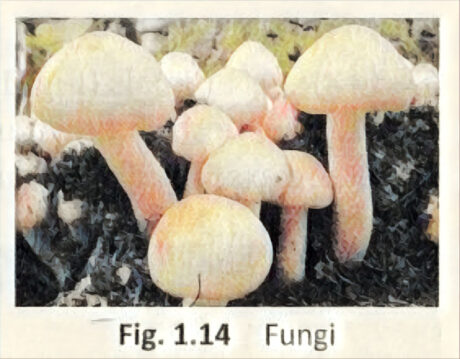
These living beings are decomposers. Along with scavengers, decomposers assume a significant job in nature. Without these living beings, our planet would be full of dead plants and creatures.
Herbivore:
A creature that eats just plants and plant items is a herbivore.
Carnivore:
A creature that eats just the tissue of different creatures is a flesh-eater.
Omnivore:
A creature that eats the two plants and substance of different creatures is an omnivore.
Scavenger:
A creature that eats just the tissue of creatures that are as of now dead is a scavenger.
Decomposer:
A living being that benefits from and deteriorates dead creatures and plants is a decomposer.
Diverse plant parts like root, stem, leaf, blossom, and organic product fill in as sources of food.
People eat creature items like meat, egg, honey, milk, curd, cheddar, margarine, and ghee.
Herbivores have wide teeth that help them to crush and bite plants.
Likewise, Carnivores have sharp teeth and paws that help them to tear tissue.
In the next chapter: Components of food, you will study what are the constituents of food and their significance in painting hood health. You will also get to know diseases caused due to lack of these constituents.


